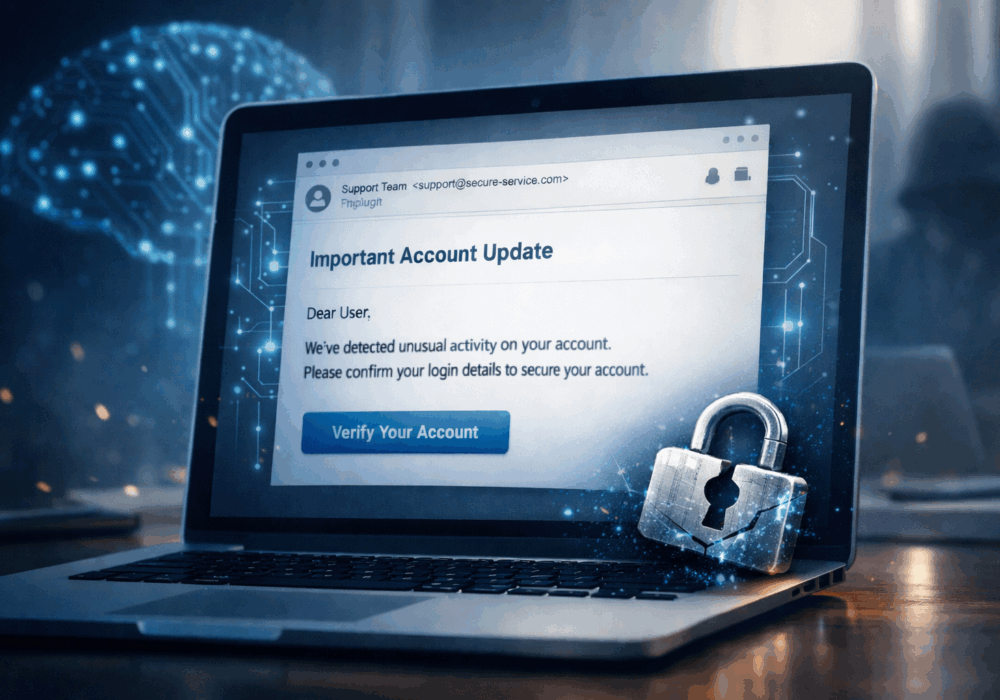A Deepfake is typically used to refer to a video that has been edited using an Artificial Intelligence (AI) algorithm to replace the person in the original video with someone else (especially a public figure) in a way that makes the video look authentic. Deepfakes use a form of artificial intelligence called deep learning to make images and videos of fake events, hence the name deepfake.
Until recently, video content has been difficult to alter in any substantial way. Due to Deepfakes being created through AI, they don’t require the considerable skill that it would take to create a realistic video otherwise. Unfortunately, this means that just about anyone can create a deepfake to promote their chosen agenda. For example, a deepfake could be used to spread false information through a “presidential candidate”. Microsoft, however, has worked on an AI-powered deepfake detection software for this purpose. The tool can automatically analyze videos and photos to provide a confidence score that the media has been manipulated.
It is important to keep an eye on Deepfakes in the coming months, as security experts are saying it is the next tool in hackers’ toolbags. They can use Deepfakes to influence company reputation, influence politics, and potentially influence a companies stock price. At this very moment, there is not much we can do to detect these technologically, but there are some things we can do:
Additionally, these recommendations below will help you and your business stay secure with the various threats you may face on a day-to-day basis. All of the suggestions listed below can be gained by hiring CyberHoot’s vCISO Program development services.
All of these recommendations are built into CyberHoot the product or CyberHoot’s vCISO Services. With CyberHoot you can govern, train, assess, and test your employees. Visit CyberHoot.com and sign up for our services today. At the very least continue to learn by enrolling in our monthly Cybersecurity newsletters to stay on top of current cybersecurity updates
Sources:
Additional Reading:
How will Facebook combat Deepfakes?
What Deepfakes are and how they might be Dangerous
Inside the Pentagon’s Race Against Deepfake Technology
Ahead of Iowa Caucuses, YouTube Pledges to Remove Deepfakes, Voting Disinformation
Discover and share the latest cybersecurity trends, tips and best practices – alongside new threats to watch out for.

Phishing emails used to be easy to spot. Bad grammar. Weird links. Obvious scams. Those days are...
Read more
Cybercriminals always follow Internet eyeballs. Not literally, but figuratively. And today's eyeballs are...
Read more
Active Attacks on Messaging Apps The Cybersecurity and Infrastructure Security Agency (CISA) recently issued...
Read moreGet sharper eyes on human risks, with the positive approach that beats traditional phish testing.
